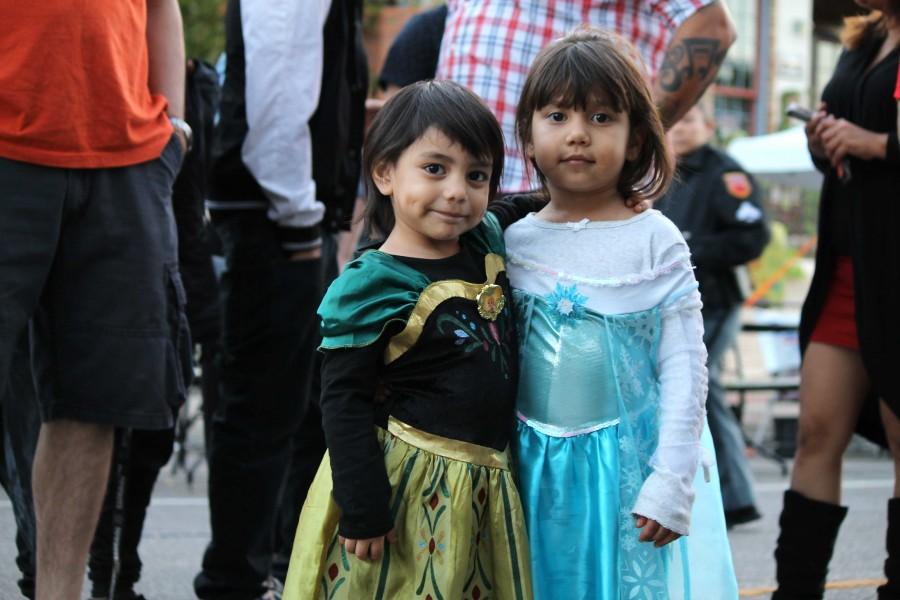Halloween’s spirit and colors are pretty much everywhere. Decorating yards, arming their arsenal of candy to give away, and making final arrangements to costumes are part of the action people are experiencing this week before Halloween. Even though it is one of the most anticipated dates by everyone, only second to Christmas, there are some that prefer to find an alternative to ghosts and ghouls.
There are different explanations for how Halloween came to be, however most explanations on the web state the same story or a variation of it. Halloween stands for “All Hallows Eve” and comes from a Celtic pagan celebration, in which animals were moved into barns to prepare for the winter. Also, this was a time to harvest crops. On this eve, Celts would use costumes to camouflage themselves from the spirits of the dead, who at night would walk among the living to inhabit their bodies.
There are people who no longer see the celebration of Halloween as being associated with the Celts nor with spirits, but just as a fun opportunity to dress up, and for kids to go from door-to-door asking for candy.
However, there are some Christian groups that still debate about Halloween, since there is a lack of clear direction about this festivity in the Bible.
“There is no statement from the patriarchs of the Catholic Church”, said Luis Ocaña, youth leader of a Catholic group. “We don’t tell them (the youth) to celebrate Halloween or not to do it. It is up to the individual, we just ask them on how it would build them? How is that making you a better Catholic?”.
The case is different for the Church of Jesus Christ of Latter-day Saints. According to LDSLiving website, an online Mormon magazine, they claim that Halloween is not an “evil” or “satanic” tradition, that its roots are Christian.
“The recommendation that is given is not to wear costumes that elicit fear, and use themes such as the harvest or super heroes instead,” said Samantha Davila, member of a Mormon Church in Juarez.
Davila also explained that in some Mormon communities, they organize reunions and draw on those to give kids the chance to dress up and collect candies, but in a controlled environment.
Living on the border, where the mixture of two or more cultures is constant, and at times the struggle to keep these cultures separate, gives way to a third alternative; Mexican traditionalists claim Halloween is “an American tradition.” To contrast this, and to give an alternative celebration, some traditionalists encourage younger generations to forget about Halloween and instead celebrate Dia de los Muertos (Day of the Dead).
Dia de los Muertos is a Mexican tradition that takes place on Nov. 2 and is deeply rooted in the ancient past, long before Spaniards conquered Mexico. For the festivity, people build up altares (altars) or shrines for their deceased loved ones and decorate them colorfully. As part of the decoration, there must be candles, flowers and food, typically the favorite dishes of the deceased relative. Part of the belief is that the deceased come back to the world of the living and enjoy the offerings left on the altar. The holiday consists of big celebrations for some communities, where tradition is an essential part of life.
“It does represent your culture,” said Rafaela Alvidrez, an 87-year-old resident of the region. “It is about keeping alive our real traditions and making our dead feel welcomed in their day.”
Valeria Terrazas may be reached at [email protected].






